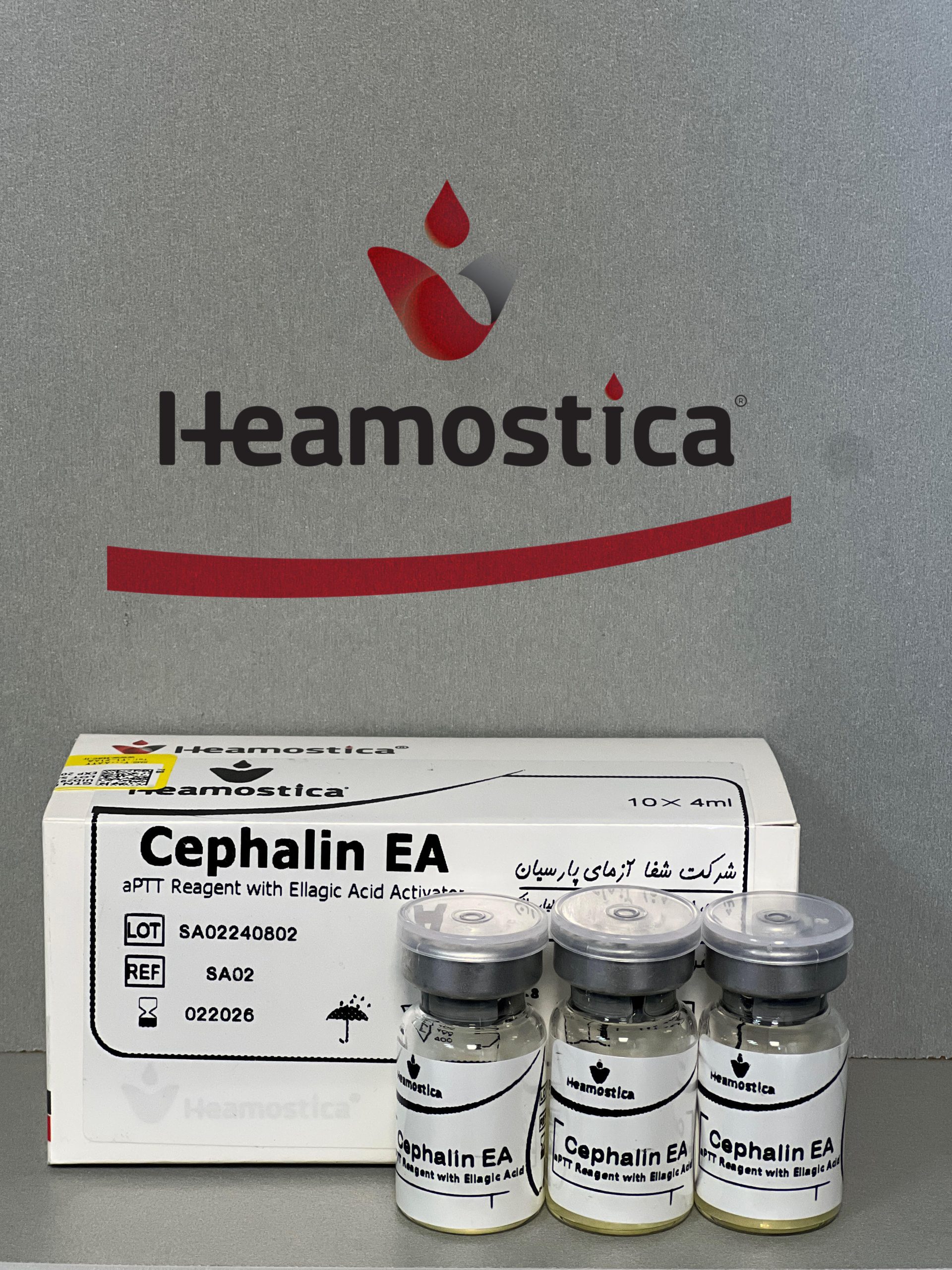Comprehensive Guide to Heparin Therapy Monitoring
1. Introduction
Heparin therapy plays a crucial role in managing conditions such as deep vein thrombosis (DVT), pulmonary embolism (PE), and acute coronary syndromes. Despite its effectiveness, inappropriate dosing can lead to either thrombotic events or major bleeding. Therefore, laboratory monitoring is necessary, especially for unfractionated heparin (UFH), while low-molecular-weight heparin (LMWH) generally requires selective monitoring.
Heparin acts by enhancing the activity of antithrombin III (ATIII), which inhibits thrombin (Factor IIa) and Factor Xa, preventing clot formation. UFH has a strong affinity for both thrombin and Factor Xa, while LMWH primarily inhibits Factor Xa with minimal thrombin inhibition. This mechanism underpins the necessity for monitoring different parameters depending on the type of heparin used.
Several well-known brands of heparin are available worldwide. Heparin Sodium (UFH) is commonly marketed under brands such as Leo Pharma, Pfizer, and Sandoz, while LMWH variants like Enoxaparin (Lovenox by Sanofi), Dalteparin (Fragmin by Pfizer), and Tinzaparin (Innohep by LEO Pharma) are widely used in clinical practice.

2. Monitoring Parameters
2.1 Unfractionated Heparin (UFH)
Due to its unpredictable response in different patients, UFH requires close monitoring. The following laboratory tests are commonly used:
Activated Partial Thromboplastin Time (aPTT)
Measures the intrinsic coagulation pathway.
Target range:5 to 2.5 times the baseline aPTT (typically 60–100 seconds).
Measured6 hours after initiation and then every 24 hours once stable.
Adjust dosing based on hospital-specific nomograms.
Anti-Factor Xa Assay
More specific for UFH than aPTT.
Therapeutic range is :3–0.7 IU/mL.
Used when aPTT results are unreliable (e.g., lupus anticoagulant presence, elevated fibrinogen levels).
Activated Clotting Time (ACT)
Used in high-dose UFH therapy during procedures such as cardiopulmonary bypass.
Target:300–600 seconds (procedure-dependent).
2.2 Low-Molecular-Weight Heparin (LMWH)
LMWH (e.g., enoxaparin, dalteparin) has predictable pharmacokinetics, reducing the need for routine monitoring. However, in special populations, monitoring is necessary:
Anti-Factor Xa Assay
Used inrenal impairment, obesity, pregnancy, and pediatric patients.
Therapeutic range:
Twice-daily dosing:5–1.0 IU/mL (4 hours post-dose).
Once-daily dosing:0–2.0 IU/mL (4 hours post-dose).
3. Heparin-Induced Thrombocytopenia (HIT)
HIT is a serious immune-mediated adverse reaction characterized by a drop in platelet count and increased thrombotic risk.
Monitoring
Platelet count should be measured every2–3 days in patients receiving UFH for over 4 days.
A drop of>50% in platelet count or thrombosis suspicion warrants further testing.
Diagnostic Tests
Anti-PF4/Heparin ELISA– Screening test.
Serotonin Release Assay (SRA)– Gold standard for HIT confirmation.
Management
Discontinue heparin immediately.
Initiate a non-heparin anticoagulant (e.g., argatroban, bivalirudin).
4. Clinical Considerations and Complications
4.1 Bleeding Risk and Monitoring
Patients on heparin therapy should be monitored for bleeding symptoms (e.g., hematuria, hematemesis, melena).
Regular assessment ofhemoglobin and hematocrit levels is necessary.
4.2 Heparin Reversal Strategies
Protamine Sulfate
UFH:1 mg protamine neutralizes ~100 units of heparin (max dose: 50 mg).
LMWH:Partial reversal with protamine.
5. Conclusion
Effective heparin therapy monitoring is crucial in preventing complications and ensuring therapeutic efficacy. While aPTT remains the standard for UFH, anti-Factor Xa assays are increasingly preferred for both UFH and LMWH in specific cases. Understanding these monitoring strategies allows for optimal anticoagulation management, improving patient outcomes.
